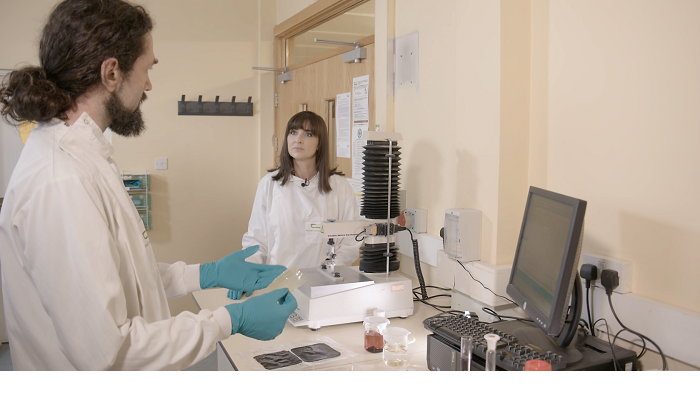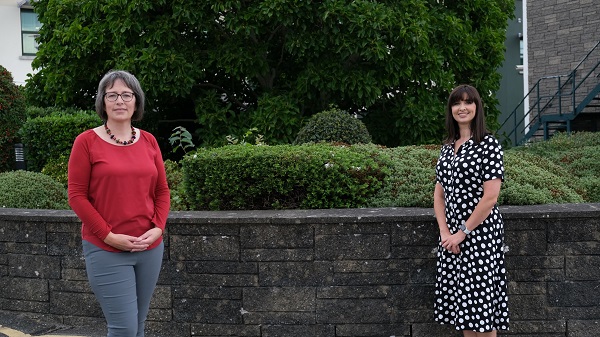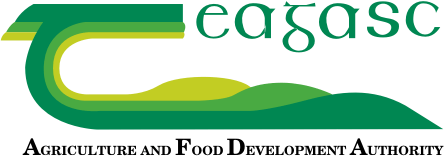08 November 2021
Generating bioplastics using haemoglobin from blood

On “10 Things to Know About … Blood”, airing tonight, Monday, 8 November, on RTÉ One Television at 8:30pm, presenter Aoibhinn Ní Shúilleabháin will meet Teagasc Researchers, Dr Anne Maria Mullen and Dr Carlos Alvarez, who have developed a method to generate bioplastics using haemoglobin from blood.
Animal blood is a high-volume but underutilised co-product of the meat processing chain. Although the high-value plasma fraction can be separated and utilised, the lower-value red blood cell fraction is usually disposed of at high cost. This is due to the haemoglobin content of red blood cells, which can be problematic from colour, flavour and pro-oxidant perspectives.
At Teagasc, a patentable method has been developed to utilise this haemoglobin as a raw material for the generation of bioplastics. These have the potential to be used as packaging materials for a variety of applications, reducing our reliance on petroleum-based plastics and contributing to the circular bioeconomy.

Pictured Above: Dr Anne Maria Mullen, Teagasc, with presenter Aoibhinn Ní Shúilleabháin on 10 Things to Know About … Blood.
Dr Anne Maria Mullen, Teagasc Researcher and co-ordinator of the projects, highlighted the importance of taking this approach as it tackles two important challenges related to the environment and sustainable use of our natural resources. “With this technology we are trying to tackle two different environmental issues.
- On one hand, the meat processing industry generates valuable and interesting co-products that are currently used for low added value applications or incur extra costs to be collected and disposed.
- On the other hand, petrol based plastics have a negative impact on the environment, and they need to be replaced by sustainably sourced materials, with minimal impact on the planet,” explains Anne Maria.
Dr Carlos Alvarez, principal investigator on the projects, added: “Our invention can generate biodegradable and food grade bio-plastics using blood haemoglobin as the main building block, to be used in food applications as packaging material. At the moment, we have an ongoing project focused on improving the mechanical properties of our blood based films, and we are also investigating how to scale-up this innovative film generation process so that it can be transferred to the Irish Food Industry.”
Elsewhere in this episode, presenters Jonathan McCrea and Kathriona Devereaux meet the researchers studying Long Covid and its effect on the blood’s ability to clot.
View the promo video for series seven of the TV programme “10 Things to Know About…” here:
